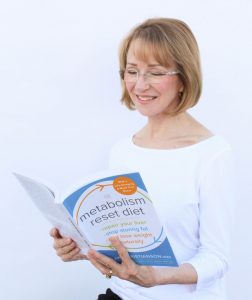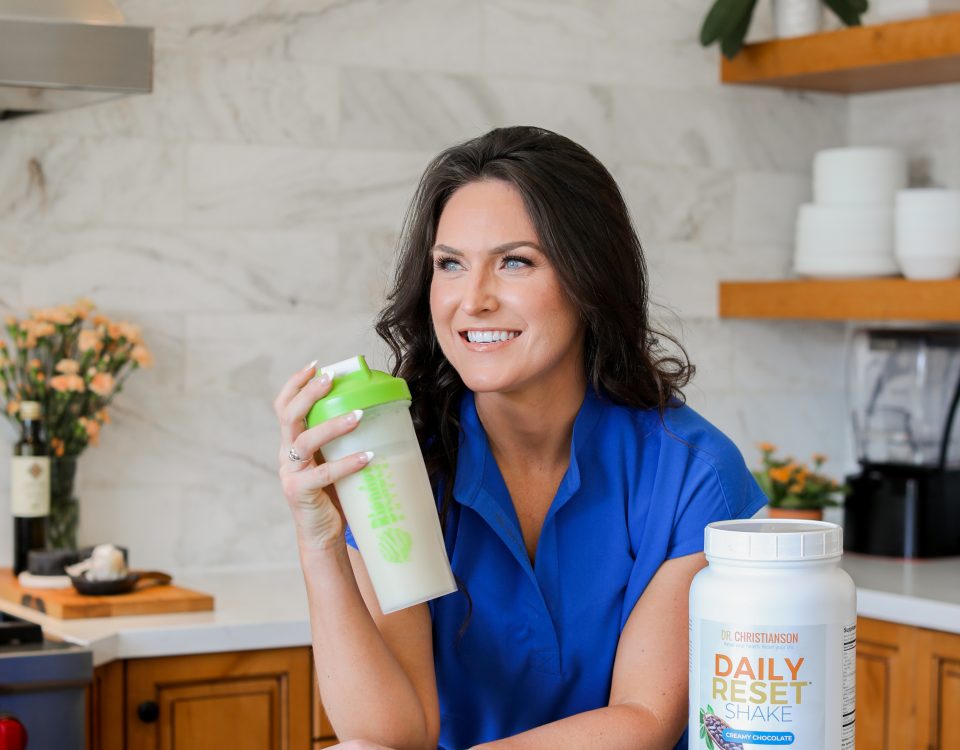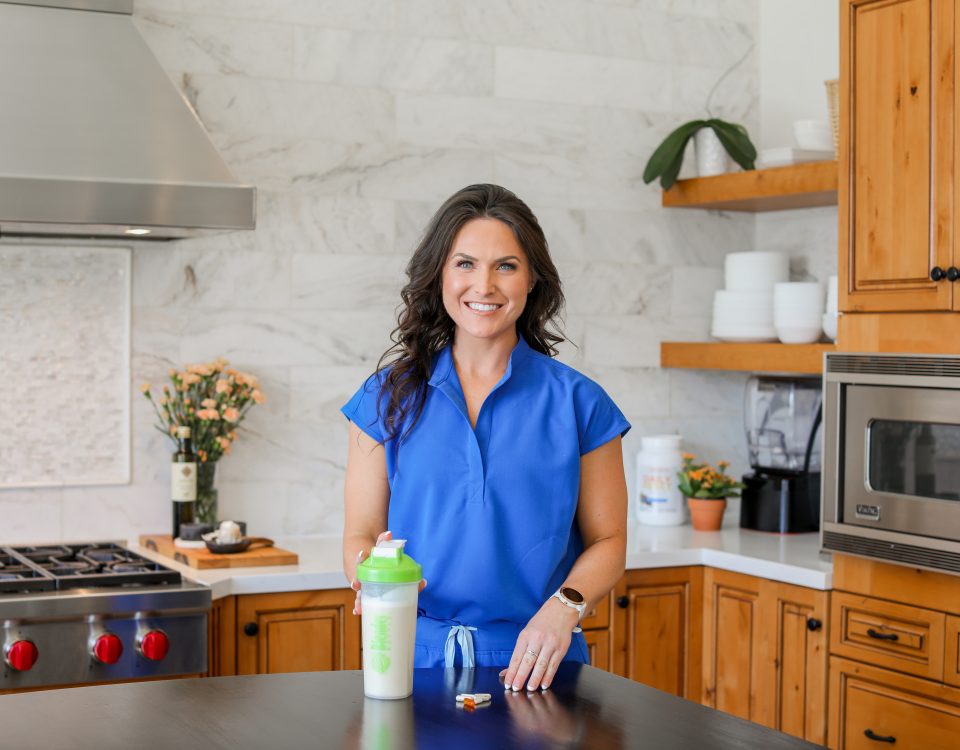While it may often be the source of controversy and contradiction, I really want to help set the record straight on protein – how it works, how much you need, and what we can do to get to that point of optimal protein intake. Let’s take a deep dive into your protein needs.
- Have any questions?
- 480-631-7837
- support@in-goodhealth.com

Unveiling the Healing Powers of Ashwagandha for Thyroid Disease
July 8, 2024
How Well Is Your Thyroid Working?
July 12, 2024
Unveiling the Healing Powers of Ashwagandha for Thyroid Disease
July 8, 2024
How Well Is Your Thyroid Working?
July 12, 2024Home > Exercise/Fitness > What Should be My Daily Optimal Protein Intake?
What Should be My Daily Optimal Protein Intake?

Protein Deficiency
You might have heard about this concept before, and many have argued that you simply cannot be protein deficient. This is something that I totally agree with, for the majority of people, because it is so tough to do unless you are in a state of overt starvation of malnutrition.

I tend to think of the idea of protein deficiency like scurvy. As you may know, scurvy served as the blight of many sailors who spent months at a time on the high seas. During this time, they would have no access to produce and would contract scurvy (a really nasty disease).
All it really took to cure scurvy, though, was a pretty meager amount of produce (limes, specifically, for British sailors). Looping back to this idea of protein deficiency, some have argued that you should eat only enough to prevent deficiency – and nothing more.
But, in both cases, this would be such a small amount simply to prevent the onset of either scurvy or protein deficiency. You would never tell someone to only eat two lemons or limes a month merely to fight back the effects of scurvy, would you? So, why do the same with protein?
Bottom Line: We know how valuable produce and vitamin C can be for our bodies, way beyond the necessary amount to prevent scurvy. That is why we suggest having large quantities of produce in our diets – because it is good for us! We should begin to think about protein in the same way (Read: Are you gaining weight because of your low-protein diet?).
Understanding Sarcopenia
I want to talk about a condition that you may have heard before called sarcopenia. This is defined as the skeletal loss of muscle mass, and it is a huge determinant for the quality of lifespan.
The National Institutes of Health (FNIH) proposed that sarcopenia should be defined based on muscle mass adjusted by the body mass index (BMI) with cutoff values of (< 0.789 kg/m2 men and < 0.512 kg/m2 women).
Somewhere starting around age 40, for both genders, we begin to lose between 8 – 9% of our muscle mass every decade of our lives.1 This breaks down to almost 1% per year, which means that by the time 80 rolls around you may have lost almost 40% of your muscle mass!

What does that end up doing to our bodies?
- It lowers our basal metabolic rate
- It creates disease early in life (and with more consequence)
- It leads to increased fat mass
Overall, this is caused by a lot of factors (not all of which we understand), but we know that as we age:
- We have fewer muscle satellite cells
- We undergo changes in hormonal systems
- We may suffer from more chronic inflammation
- We may have more oxidative stress
- We develop an anabolic resistance to protein utilization2
Key Insight: This is also tougher for women than for men. While it does completely effect both genders, women tend to get a much more intense amount in even the exact same circumstances.
In terms of early mortality risk, having some sarcopenia raises your risk four times higher.3 Short of mortality, it also increases your risk of disability by three times. You also raise your risk for:
- Falls
- Fractures
- Pneumonia4
- Cognitive Impairment5
- High Blood Pressure
Key Insight: One of the easiest tools to define whether or not you have sarcopenia is with grip strength. For men, that number is about 57 pounds. For women, it is 35.
You can typically find grip indicators in the offices of most chiropractors, and you can also find them online quite easily. They are already a great form of exercise, so I would highly recommend getting one to not only assess your strength – but to maintain your health, too.
Protein Intake & Sarcopenia
The fact is that protein intake can be seen as a key driver for managing sarcopenia, along with good exercise. In fact, exercise without good protein is often not good enough.
Basically, what it boils down to is that prevention is more effective than treatment (which is the same for bone loss). It is also the same as bone loss in the sense that a lot of it starts early on in life – even in early adulthood. But the consequences don’t reveal themselves until later on.

Your Protein-To-Fuel Ratio
One big thing that you have to consider is how much protein you consume, and how much protein you consume compared to fats and carbohydrates. Essentially, this becomes your protein-to-fuel ratio (Read: Forget carbs and fats, it is the fuel that matters).
If you get enough protein, but you also get a bunch of fats and carbs along the way, you are going to gain so much fat mass that the muscle mass becomes less helpful. Ultimately, what matters most is your body composition.
This is important for all of us, but lots of research is revealing that seniors, in particular, are running low on foods that have good, high quality, and are dense in protein. This can also be a risk for vegans and vegetarians.
Bottom Line: Protein deficiency is a non-issue, but sarcopenia should very much be top of mind for folks who do not get enough protein. That is why you really need to consider the effectiveness of your own personal protein-to-fuel ratio (Read: How much fuel do you need?).
Timing Your Protein
So, how much should you think about the timing of your protein intake? Well, within the first hour of waking you should seek to have 25 – 30% of your day’s total intake, with the remainder coming evenly through the rest of the day.
Your first serving of protein is a strong determinant of the health of your overall muscle mass – and time in between is just as important. Ideally, you would also avoid more than 4 hours between servings.
Bottom Line: Some have said that you cannot absorb over a certain amount of protein at once, but that is probably not true. But, due to the importance of timing, we would almost always be better served by spreading out our consumption of protein throughout the day.
Is Too Much Protein Bad?
Well, by its very definition, too much of anything is too much. The research that has been done tends to focus on amounts commonly consumed in diets and or supplements that consist of 40% of your overall calorie intake (which is pretty high).
This is normally discussed in terms of kidney function – do you damage your kidneys with a diet that is too high in protein? Well, this has been thoroughly studied, and we need to begin by differentiating between those that have kidney damage and those that do not.
If you have kidney damage, there is a lot of debate about whether a high-protein diet makes that damage worse. When you consume more protein, your kidneys are being asked to filter more protein, which means that they may be working harder.

The evidence is pretty clear, though, that this would not cause someone to get kidney damage. There is no evidence or plausible mechanism by which increased filtration leads to kidney disease in otherwise healthy people.6
What About Osteoporosis?
When it comes to osteoporosis, studies have shown that those who enjoy higher dietary protein have better bone health long term.7
Protein and Cancer
Does eating protein cause cancer? Let me quote a recent study on this:
“The literature on protein and cancer is far more limited than the literature concerning fats and cancer. Due to the very high correlation between fat and protein intake in Western diets, and the more consistent and often stronger association of these cancers with fat intake, it seems more likely that dietary fat is the more active component.”
So, if you are someone who is consuming fatty meats, there may be some increased risk of cancer. But, the data itself does not explicitly suggest that the protein was at fault. Instead, it is more likely that the fat was the culprit.
Then, there’s the case of experimental data. Let me grab another quote for you:
“In some lab experiments, carcinogenesis was suppressed by diets containing levels of protein at or below the minimum for optimal growth. However, higher levels of protein begin to inhibit carcinogenesis.8”
The diets involved here were starvation-type diets, and while you may decrease cancer growth temporarily, but you were in a starvation/fasting state (protein was not inherently the culprit).
However, there have been other studies showing that higher levels of protein begin to inhibit carcinogenesis, so there is a sweet spot to where more may stop cancer growth – in much the same way that starvation can.
Bottom Line: You can be on a higher-protein, healthy diet, and not be starving, while still reaping the same benefits. Starving can help some things, but not everything, which is why it should not be treated as a viable option.
What Does A Day of Optimal Protein look Like?
When we start to think about the ideal amount of protein for body composition, there’s a lot to consider. For the average woman, though. here’s the breakdown.
Let’s say that our case study is:
- 133 pounds
- Body fat at 25%
This would leave our subject with 100 pounds of lean body mass. In a case like this, the daily protein target to improve body composition would be 100 grams.
So, a protein schedule would involve:
- A morning protein shake (25 grams of protein)
- A tempeh-lettuce-tomato sandwich on sprouted bread for lunch (5 ounces and 30 grams of protein)
- For dinner, salmon, legumes, and greens (30 grams of protein)
- A snack of fermented cottage cheese and fruit (15 grams of protein)
That brings our day’s total to 100 grams! All of these are easy to get, easy to enjoy, and can easily help you meet your targets.
Crunch Your Numbers Today
Today, we discussed how you avoid protein deficiency while honing in on the right numbers for you to avoid sarcopenia. Now’s your chance to do a deep dive into your own health, by using my handy protein calculator right now (Click Here). It’s your chance to get everything you need to improve your body composition and your health – enjoy!
1 – https://abbottfamily.com.sg/articles/active-aging/preserve-your-strength-now
2 – https://www.ncbi.nlm.nih.gov/pubmed/28765418
3 – https://www.ncbi.nlm.nih.gov/pmc/articles/PMC5240970/
4 – https://www.ncbi.nlm.nih.gov/pubmed/30739000
5 – https://www.ncbi.nlm.nih.gov/pmc/articles/PMC5920444/
6 – https://www.ncbi.nlm.nih.gov/pmc/articles/PMC1262767/
7 – https://www.ncbi.nlm.nih.gov/pubmed/28404575
8 – https://www.ncbi.nlm.nih.gov/books/NBK216648/

P.S. Whenever you are ready, here is how I can help you now:
- Schedule a Thyroid Second Opinion with me, Dr. C, Click Here for Details
- Need help to choose supplements? Click ‘Help Me Decide Here'
- Get my top books Here
Dr. Alan Glen Christianson (Dr. C) is a Naturopathic Endocrinologist and the author of The NY Times bestselling Hormone Healing Cookbook, The Metabolism Reset Diet, and The Thyroid Reset Diet.
Dr. C’s gift for figuring out what works has helped hundreds of thousands reverse thyroid disease, heal their adrenals, and lose weight naturally. Learn more about the surprising story that started his quest.







